
In 2007, when England’s Department for Education (DfE) released the third version of their phonics programme for schools (called Letters and Sounds), I was working as a part-time primary school teacher and part-time literacy consultant. When I wasn’t using Letters and Sounds in my own classroom, I was supporting schools in using this programme to improve their early reading and writing outcomes.
Over the next 14 years of wearing the hats of both a teacher and consultant, it became very clear what made the difference between successful and less effective implementations of the programme.
Many of you across the pond (USA) or across the world (Australia/New Zealand) now find yourselves in the position I was in: implementing a phonics programme or sequence which doesn’t provide all the resources you need, such as Letters and Sounds or the NSW K2 instructional sequence. Whether you’ve been teaching phonics for years or it’s a whole new (and sometimes confusing) world of knowledge for you, starting from scratch with a new programme or sequence can be daunting. Here are my top 5 tips for getting started:

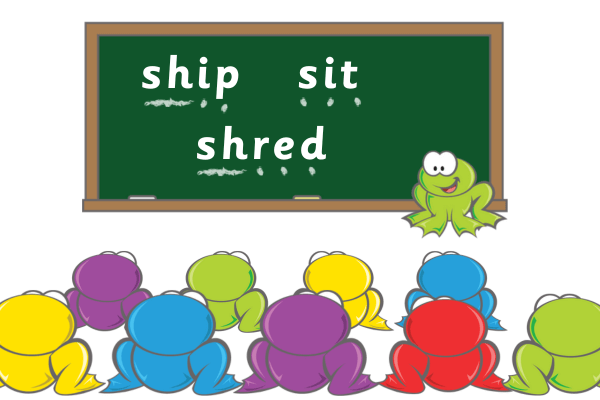
The quality of training you provide for your staff is a key factor in successful adoption of a new phonics programme. You may be lucky enough to have an expert within school, but it is more likely that you will need to ‘buy in’ an expert to lead training for you. In fact, I have been asked by several former consultant colleagues with very good phonics knowledge to come and lead training in their schools because they knew their staff needed to hear the same messages from someone other than them! In my experience, schools value trainers with recent classroom experience of using the programme they are training on.
Ensure the training will be focused on synthetic phonics, not analytic phonics (learn about the difference). One of the things teachers in England found most difficult when transitioning from teaching analytic phonics to synthetic phonics was breaking words up into phonemes correctly, in particular splitting up consonant clusters (also known as blends or adjacent consonants, such as ‘st’). Learn more about why you should teach blending, not blends.
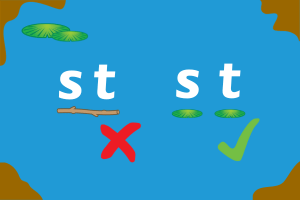 Teach ‘s’ and ‘t’ not ‘st’.
Teach ‘s’ and ‘t’ not ‘st’.All primary school teachers and support staff need to be trained. This includes those working with older children, though they may not initially see the value in it. Some years ago, after leading a whole-school phonics training, one of the Year 6 teachers wrote on her evaluation sheet that the training had little relevance to her. Her colleague – who taught the other Y6 class – said how useful she had found the session and that she now knew how to support her lowest readers and writers. Whilst phonics interventions for 7-11 year-olds are often provided in small groups or individually by support staff (who also need to know what they are doing), the class teachers need to be able to effectively support these children with reading and writing across the curriculum in class.
I’ve lost count of the number of occasions senior leaders have asked me to come and do a 1-hour session of phonics training after school for their staff, thinking this would be sufficient. My training sessions are extremely pacy, but even I can’t fit all of the following into an hour – in fact I can’t even fit the first point below into that time! Quality phonics training will cover:
Staff subject knowledge (more about this below)
An overview of the programme or sequence (including long- and medium-term planning)
Producing quality lesson plans using an agreed lesson structure (one may be provided by your government or your trainer may suggest one or you may need to create a school format). You can see a suggested lesson structure in this blog post on a great phonics lesson
Modelling the teaching of different activities
Use of resources (e.g. mnemonics, writing mats, grapheme cards, tricky word cards, etc.)
Assessment
Interventions: small group and 1:1
Application of phonics knowledge and skills outside phonics lessons
A series of training sessions throughout your first year of implementing the programme will enable staff to focus on all the aspects above, which are listed broadly in the order that schools have tackled them when implementing their programme/sequence.
Start with subject knowledge before you even consider training staff on how to use the phonics programme. I learnt that lesson very early on as a trainer – I started modelling lesson activities and then found staff were asking why I was breaking up words in particular ways. They needed to understand the terminology and feel confident they could break words into phonemes before even thinking about teaching it. That makes sense; no one can effectively teach something they don’t understand themselves!
Another aspect of subject knowledge training that has led to lightbulb moments for many practitioners in England is understanding that word types (CV, CVC, CCVC, etc.) are based on sounds they hear and not letters they see. Without this understanding, it is difficult for staff to choose the words that are suitable for each stage in the children’s phonics development.
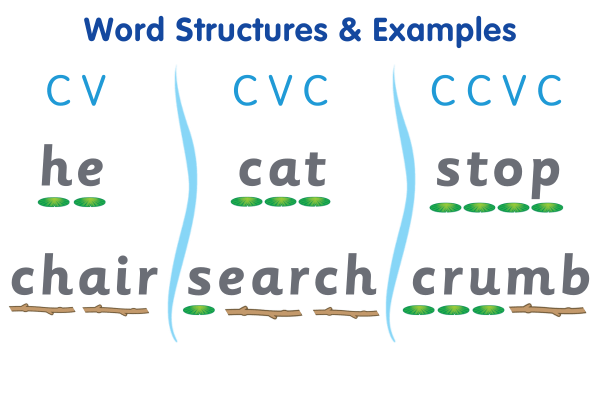
When I first started training educators on synthetic phonics twenty-five years ago, I thought we would only need to cover subject knowledge for a few years and then every primary school teacher would be trained. How wrong I was! There is still as much of a need now as there was then. This is partly due to turnover of staff and partly due to the mixed quality of phonics training that practitioners have had previously (including during their teacher training).
Once you have trained your existing staff, ensure you know how you are going to provide similar training in the future to any new staff shortly after they start. Many schools in England did not consider this in the beginning and it only took a few practitioners to leave before schools found themselves with a largely untrained staff again, which – predictably – negatively impacted on the quality of teaching and learning.
Many trainers run online sessions now (some of which may be pre-recorded) and this makes it easier to facilitate similar training for new staff. Whilst there was initial resistance to online training and even more so to pre-recorded training, many schools I have spoken to in England now see the value in having access to pre-recorded sessions that new staff can access at a time convenient to the school. This is something to investigate when choosing a trainer for your school.

In England, the Department for Education has affirmed the importance of phonics teaching being systematic. Programmes are now known as SSP (Systematic Synthetic Phonics) programmes. The importance of fidelity to the chosen programme is also central to effective implementation and this is currently one of the key foci during school inspections.
If your chosen phonics programme doesn’t provide and long- and medium-term plans, it is well worth an experienced group of staff within the school/across a group of schools creating both of these.
This is a one-page document which shows which part, level or phase of your programme you expect the majority of children to be learning each term.
Below is an image of one I created for schools using Letters and Sounds:
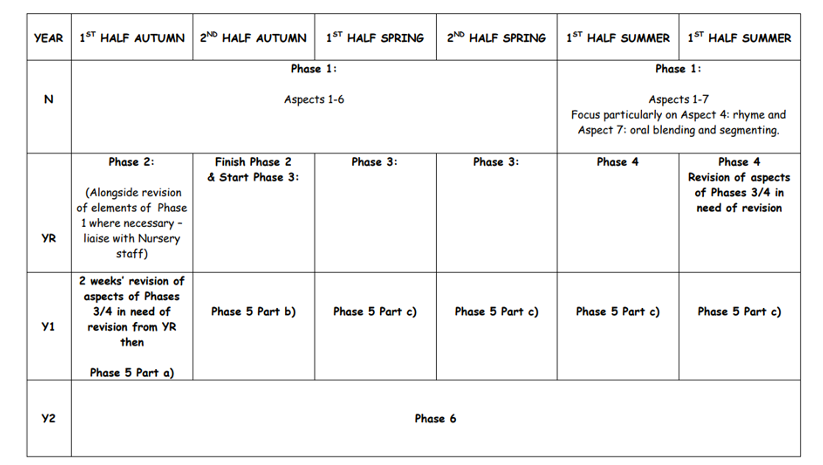 © 2007-2023 Lesley Clarke Synthetic Phonics
© 2007-2023 Lesley Clarke Synthetic PhonicsWorking with schools in England in the early days of implementing the DfE’s phonics programme (which didn’t provide a long-term plan), I learned that schools which had added one with clearly stated expectations were more likely to achieve them than those that taught at their own pace and waited to see where they got to.
This breaks down each part/phase or level of the programme and shows the graphemes and tricky words to be taught each week. Below is a section of my medium term plan for the first part of Phase 3 of Letters and Sounds.

Before embarking on creating one, ensure everyone understands the following terminology (there is still some confusion even amongst experienced teachers in England over the meanings of these words!):
High frequency words: words which occur frequently in books. There have been a number of different studies on these over the years, resulting in a variety of lists.
Phonetically decodable words: words which can be sounded out using the phonics you have taught them. Some of these will also be ‘high frequency words’ e.g. can, cat, down. These don’t need to be taught separately but can be included in phonics lessons where they contain your new grapheme (and previously learned ones).
Common exception words: ‘high frequency words’ which can’t be completely sounded out using the phonics you have taught children so far. One or more graphemes may be ‘tricky’, which is why they are sometimes called ‘tricky words’.
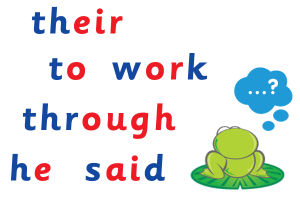 Common exception words with the tricky bit of the word in red.
Common exception words with the tricky bit of the word in red.In England, the DfE’s phonics programme provided a medium term-plan for Reception (also known as Pre-K, Kindergarten or Prep in other countries), which outlined which graphemes should be taught each week, as well as which tricky words for reading and/or spelling. Unfortunately, they did not provide this for Year 1. The result was that a number of teachers avoided moving onto the Year 1 part of the programme, as they didn’t know where to start with it. I produced a medium-term plan for them, mapping out the year of teaching a week at a time and schools found this structure incredibly helpful in ensuring a consistent teaching sequence which could be completed within the year.
Schools in England have found that children can learn a lot more in a week than they had been expected to previously. It is usually possible to teach something new each day, e.g. a grapheme or tricky word. Some schools have new learning from Monday to Thursday each week with a consolidation lesson on Friday.
Where content is not statutory, use your professional judgement to identify any graphemes that are in so few words they are not worth teaching separately and don’t include these in your MT plan. In England, some schools chose to remove ‘ure’ from the Reception/Kindergarten programme, as it wasn’t in many words that were used by children of that age (i.e. pure, lure, secure, cure).
If you have a choice in which tricky words to teach and when, start with the most common/useful ones e.g. ‘to’, ‘the’ and those which are used in any decodable texts you have at each stage. Try and plan them for weeks in which the graphemes match those you are teaching. For instance, in the medium-term plan image above, I chose to swap the weeks suggested for teaching ‘he’ and ‘she’, as it made more sense to teach ‘she’ in the week the children were learning the grapheme ‘sh’.


Both approaches have their advantages and disadvantages. In England, there was a lot of resistance to whole-class teaching and many schools chose to group children by ability in the early days. These schools often used all the adults they had available and grouped the children accordingly.
Now, many years after the DfE’s programme was published, those schools which are still using it (or a newer programme based on it) mainly use whole class teaching and provide interventions/catch-up for those children “not making the expected progress”. Schools found that where groups were used, the children with the greatest needs may not have had an experienced enough practitioner teaching them. Allocating children to groups for their phonics lessons also put a ceiling on those children’s learning. Having said that, there are a few commercially produced programmes which group all children by ability. Different approaches work for different schools.

In order to be useful in informing teaching, assessment needs to be done approximately every 5 to 6 weeks (with ongoing assessments used for children who need frequent additional support).
In England, teachers have found that whole-class records make it quicker and easier than individual pupil records to identify:
Which children are not making the expected progress and will need additional support.
What that support needs to focus on.
Which graphemes and tricky words need more practice with the whole class/groups moving forwards.
You will need to set up some simple spreadsheets for staff to use either electronically or print out and complete by hand. Phonics Hero supplies free-whole class Excel trackers for you with the Teacher Account.
 An example from the Phonics Hero Excel tracker.
An example from the Phonics Hero Excel tracker.

Over time, schools in England have found that decodable texts which are well-matched to children’s phonics knowledge and skills have supported the application of phonics skills at the point of reading. Work out where the texts you have match your teaching sequence and order texts to fill any gaps in provision. Many schools in England label each book to clearly show which part of their phonics programme it matches; this makes it easy for staff to select appropriate books for children at any stage.
Ensure that adult-initiated phonics activities which you provide outside the phonics lessons match your teaching sequence. These could be paper-based practical activities or electronic resources like Phonics Hero’s, for children to use in pairs on the interactive whiteboard/a tablet. The internet is flooded with these activities, so:
Consider the objective you want the activity to achieve–some that are available online can be quite low level, with the children just matching items without actually needing to utilise their grapheme knowledge or blending and segmenting skills. Activities involving colouring in may not support the development of phonics knowledge and skills.
Ensure that it is a synthetic approach which is being used. Sometimes consonant blends/clusters (e.g. st, fl, etc.) are shown as one sound, which is not consistent with a synthetic approach to phonics teaching.
Check the digital games you use are practising phonics skills not how skillful a gamer the child is!
I wish you all the best in implementing your new phonics programme/sequence and hope these tips will enable you to avoid some of the mistakes teachers in England made in the early days of introducing synthetic phonics. It might be a little tough when you first start, but you won’t regret ensuring your phonics teaching is systematic and explicit – seeing the accelerated progress your children make with both reading and spelling will make it all worthwhile.